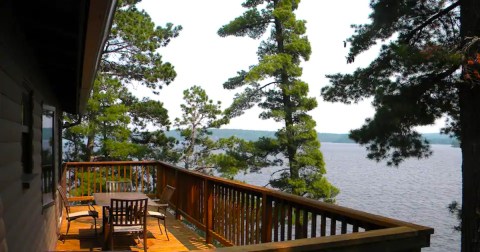Watch Out For The Lawn-Eating Beetle That Was Just Found In Minnesota For The First Time
Every once in a while, a new pest arrives in Minnesota. Most recently, black flies made their way into the state, biting campers, lake-goers, and anyone else who dared to go outdoors. Other common invaders include the emerald ash borer, which does damage to Minnesota trees, and the aquatic zebra mussel, which can cause huge problems with underwater infrastructure.
There’s yet another invasive species to be aware of, this one a little closer to home than most. It’s a lawn-eating beetle that was recently discovered in a Minnesota yard. If you’d like to keep your lawn in tip-top shape – and prevent the beetle’s spread into other parts of Minnesota – you’ll want to be aware of this one.
Read on below to learn more about the European chafer beetle and how it can damage your yard.





Though adult beetles could be a sign that larvae are growing in your yard, it is not necessarily the case. Keep an eye on your grass, and be sure to report any sightings of the European chafer. Use the Minnesota DNR Arrest the Pest page to file a report. You’ll get expert guidance on your next steps. While it may not be possible to stop the European chafer completely, it is possible to spread awareness of these harmful insects!
OnlyInYourState may earn compensation through affiliate links in this article. As an Amazon Associate, we earn from qualifying purchases.



